Soothing workouts can transform your fitness journey by creating a stress-free approach to exercise. You'll start with gentle movements like walking or stretching, which naturally reduce anxiety while releasing mood-boosting endorphins. These low-impact activities help you build confidence at your own pace, without the pressure of intense routines or crowded gyms. Starting with just 10-15 minutes daily, you'll develop better body awareness, improve sleep quality, and boost your overall energy levels. By creating a calm, controlled environment for movement, you can discover how exercise becomes a powerful tool for both physical and mental well-being.
Understanding Exercise Anxiety
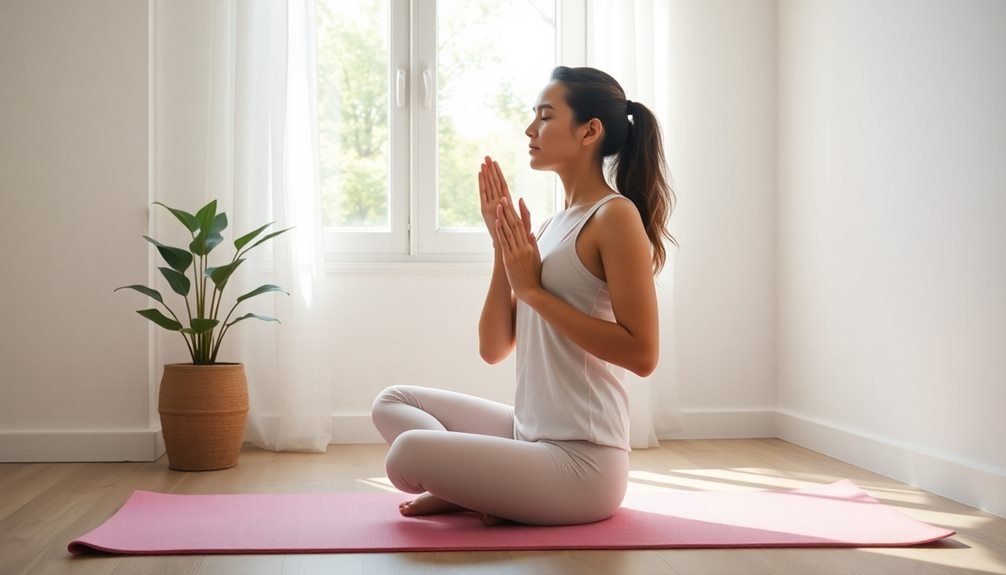
Exercise anxiety's grip can make starting a fitness routine feel overwhelming. You're not alone if you feel your heart racing at the mere thought of working out in public or trying new exercises. This common form of anxiety stems from fear of judgment, uncertainty about proper form, or past negative experiences with physical activity.
You'll notice exercise anxiety manifests in various ways. Your palms might get sweaty when you think about entering a gym, or you might constantly worry about looking uncoordinated. These feelings can trigger a cycle where you avoid exercise altogether, which only reinforces your anxious thoughts.
Understanding your specific triggers is essential. Maybe you're concerned about keeping up with others, or perhaps you're worried about using equipment incorrectly. You can break down these fears by recognizing that most gym-goers are focused on their own workouts, not judging yours.
Start by identifying what exactly makes you nervous – whether it's the environment, the activity itself, or social interactions. Once you've pinpointed your triggers, you can develop targeted strategies to address them effectively.
Benefits of Gentle Movement
Gentle movement serves as a gateway to better physical and mental health, especially when you're dealing with anxiety. When you engage in low-impact exercises like walking, stretching, or gentle yoga, you'll trigger the release of endorphins without overwhelming your nervous system. These natural mood boosters help reduce stress hormones while improving your overall sense of well-being.
You'll notice immediate benefits as gentle movement helps regulate your breathing patterns and heart rate. This regulation creates a calming effect that can break the cycle of anxious thoughts. Your muscles will gradually release tension, and you'll develop better body awareness, which helps you recognize and respond to stress signals earlier.
Over time, you'll build physical strength and flexibility without the pressure of high-intensity workouts. Your balance and coordination will improve, leading to better posture and reduced physical discomfort.
The consistent practice of gentle movement also enhances your sleep quality, boosts your immune system, and increases your energy levels throughout the day. Most importantly, you'll gain confidence in your physical abilities while creating a sustainable foundation for more challenging exercises when you're ready.
Starting Your Workout Journey
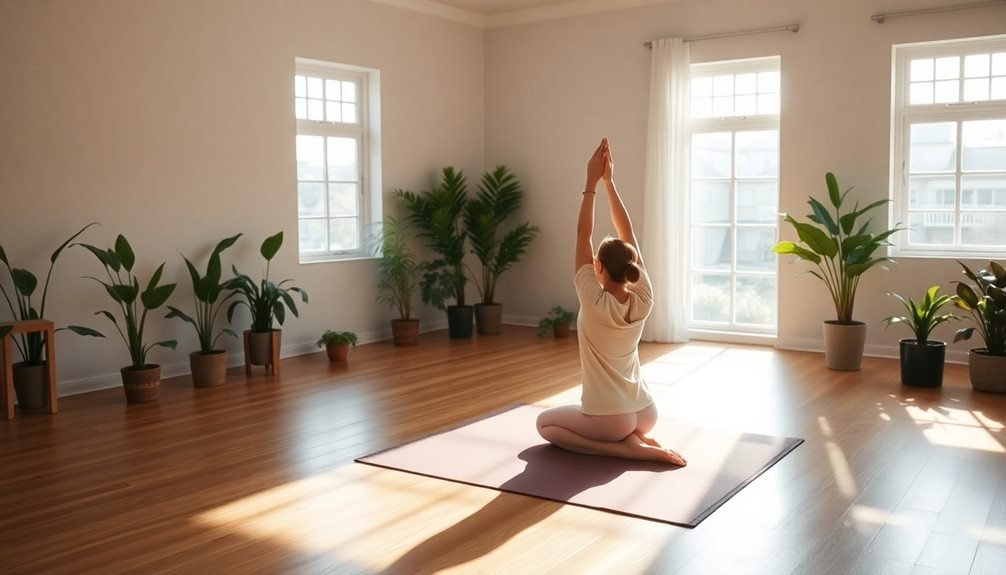
Taking those first steps toward a regular workout routine can feel intimidating, but you don't need to plunge in headfirst. Start by choosing one or two simple activities that appeal to you, such as gentle stretching, walking, or basic yoga poses. Set aside just 10-15 minutes daily for these movements, preferably at the same time each day to build consistency.
Begin each session with deep breathing exercises to center yourself and calm any anxiety. If you're trying yoga, start with beginner-friendly poses like child's pose, cat-cow stretches, or gentle forward folds. For walking, choose a familiar, quiet route and focus on maintaining a comfortable pace that allows you to breathe easily.
Track your progress in a way that feels supportive rather than pressuring. You might note how you feel before and after each session, rather than focusing on performance metrics.
As your confidence grows, gradually increase your workout duration or add new movements to your routine. Remember, there's no rush – building a sustainable exercise habit is more important than pushing yourself too hard too soon.
If you feel overwhelmed, it's perfectly fine to scale back and restart at a more comfortable level.
Best Low-Impact Exercise Options
Low-impact workouts provide an ideal entry point for anyone managing anxiety while starting a fitness routine. These exercises put minimal stress on your joints and muscles while still offering significant health benefits. You'll find that gentle movement helps calm your mind without overwhelming your body.
Walking stands out as the most accessible low-impact option. Start with 10-15 minute strolls around your neighborhood, gradually increasing duration as you build confidence.
Swimming and water aerobics offer another anxiety-friendly choice, as the water's buoyancy supports your body while providing natural resistance.
Yoga and tai chi combine physical movement with breathwork, making them particularly effective for anxiety management. You can start with beginner-friendly poses or simple flowing sequences that match your breathing rhythm.
If you prefer indoor options, stationary cycling on low resistance lets you control your pace while staying in a comfortable environment.
Consider mat Pilates for core strengthening and flexibility without jarring movements. You'll learn to focus on proper form and breathing, which can help redirect anxious thoughts.
Creating A Safe Space
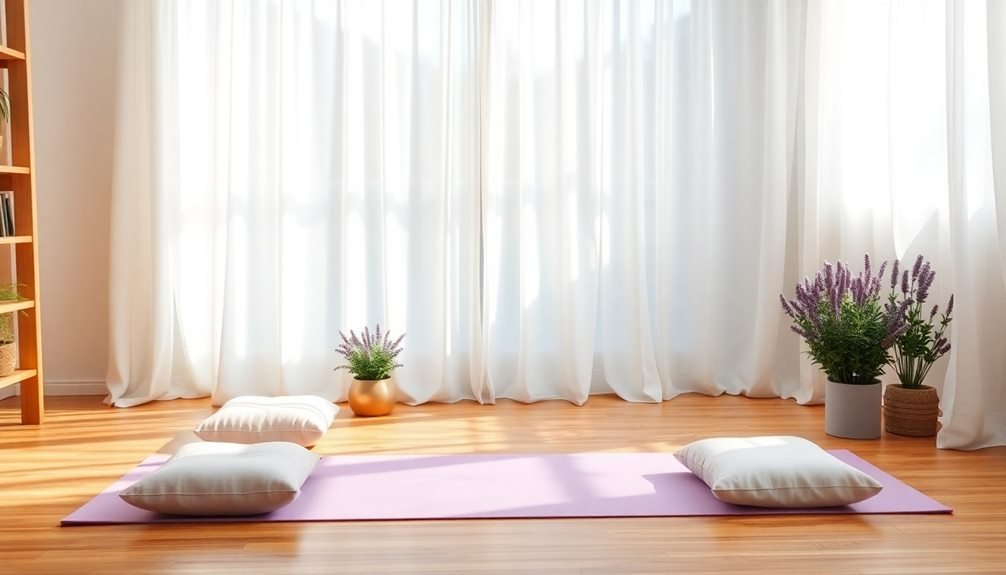
The right environment plays an essential role in managing anxiety during exercise. To create your personal safe space, choose a quiet area of your home where you won't be interrupted. Clear away clutter and guarantee you have enough room to move freely without obstacles.
Consider the lighting in your space – natural light works best, but if that's not possible, opt for soft, warm lighting instead of harsh fluorescent bulbs. You'll want to control the temperature too; keep the room cool but comfortable, as anxiety can sometimes trigger sweating or overheating.
Set up your exercise equipment before you begin, and keep everything you'll need within arm's reach. This includes a water bottle, towel, and any props you might use. If music helps you relax, create a calming playlist beforehand.
Some people find that essential oils or air purifiers can help create a more peaceful atmosphere.
Don't forget to silence your phone and let others in your household know you need uninterrupted time. Having this dedicated space will help you associate exercise with calm rather than stress, making it easier to maintain a consistent routine.
Building Consistent Exercise Habits
Developing consistent exercise habits doesn't require drastic lifestyle changes when you're dealing with anxiety. Start by committing to just 10 minutes of movement daily, whether it's gentle stretching, walking, or basic yoga poses.
You'll find that small, manageable steps help build confidence while reducing the overwhelming pressure to perform perfectly.
Track your progress in a way that feels supportive rather than demanding. Use a simple journal or app to note how you feel before and after each session, focusing on emotional benefits rather than physical metrics.
This approach helps you connect exercise with positive experiences, making it easier to maintain your routine.
- You're stronger than you realize – each small step counts toward lasting change
- You deserve to move at your own pace without judgment or pressure
- Your body knows what it needs – trust your instincts when choosing activities
- You're building more than strength – you're creating self-trust
- You can always start fresh – there's no such thing as falling behind
Remember to celebrate small victories and adjust your routine when needed. If anxiety spikes, it's perfectly fine to scale back intensity while maintaining consistency through gentler movements.
Frequently Asked Questions
How Long Should I Wait After Eating Before Starting a Gentle Workout?
You'll want to wait 2-3 hours after a large meal, or 1-2 hours after a small meal, before starting your workout. If you're just having a light snack, 30 minutes should be enough.
Can I Combine Different Soothing Workouts on the Same Day?
You can definitely combine soothing workouts in one day. Mix activities like gentle yoga, walking, and stretching, but don't overdo it. Listen to your body and keep the intensity low throughout your session.
Should I Exercise When Experiencing Physical Symptoms of Anxiety?
You can exercise with anxiety symptoms, but start gently and listen to your body. Light movement like walking or stretching can actually help reduce anxiety, while intense workouts might temporarily increase symptoms.
What Time of Day Works Best for Anxiety-Reducing Workouts?
You'll benefit most from anxiety-reducing workouts in the morning, as they'll set a positive tone for your day. If mornings don't work, any consistent time that fits your schedule is perfectly fine.
Will Gentle Workouts Still Help Me Maintain a Healthy Weight?
Yes, you'll still burn calories and maintain weight through gentle exercises like yoga, walking, or swimming. When you're consistent with low-impact workouts, they'll effectively support your weight management while being easier on your body.
In Summary
Starting with gentle workouts isn't just about easing physical tension – it's your path to building lasting confidence and strength. You'll find that soothing exercises can transform anxiety into empowerment, one small step at a time. By choosing low-impact movements and creating your own comfortable space, you're setting yourself up for success. Remember, consistency matters more than intensity when you're beginning your fitness journey.
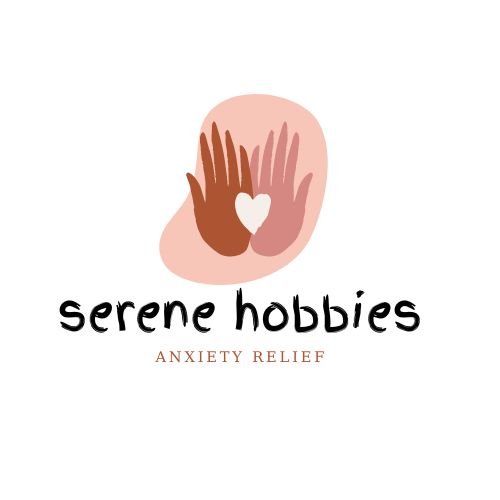
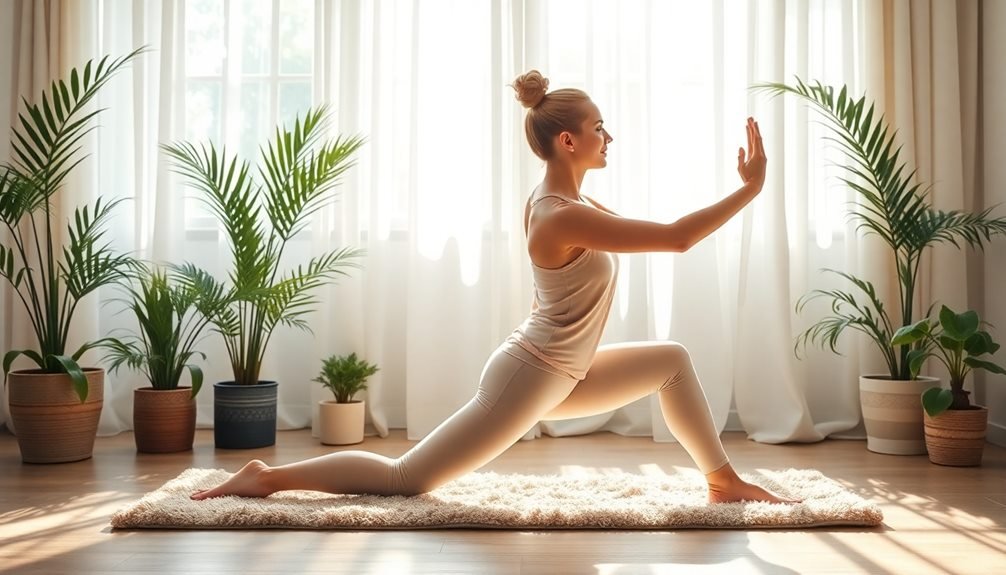
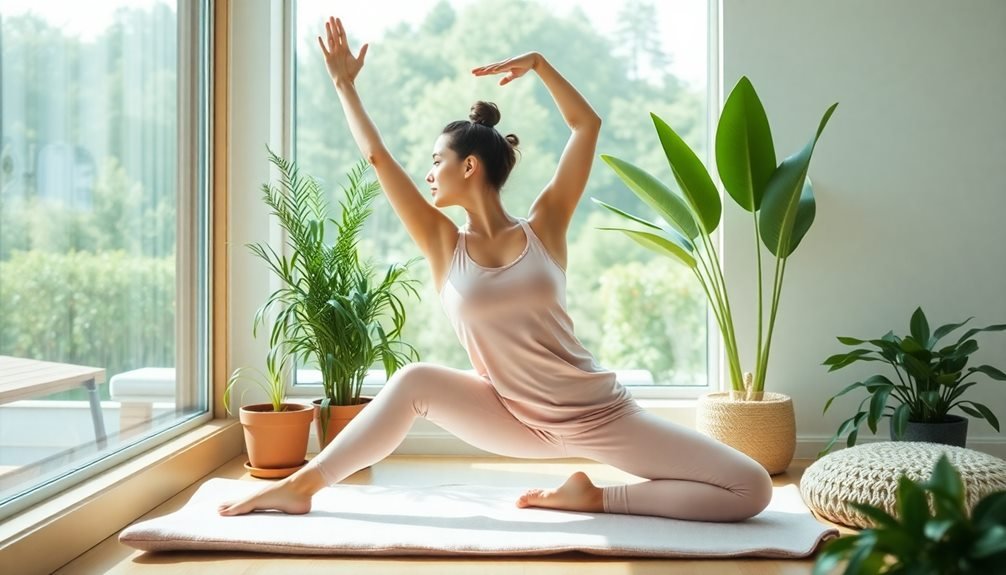
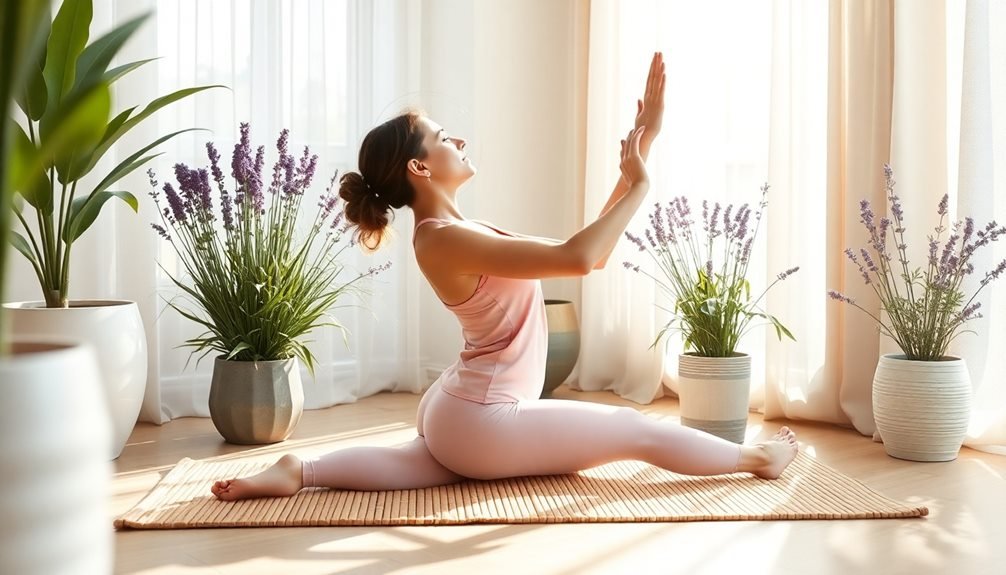
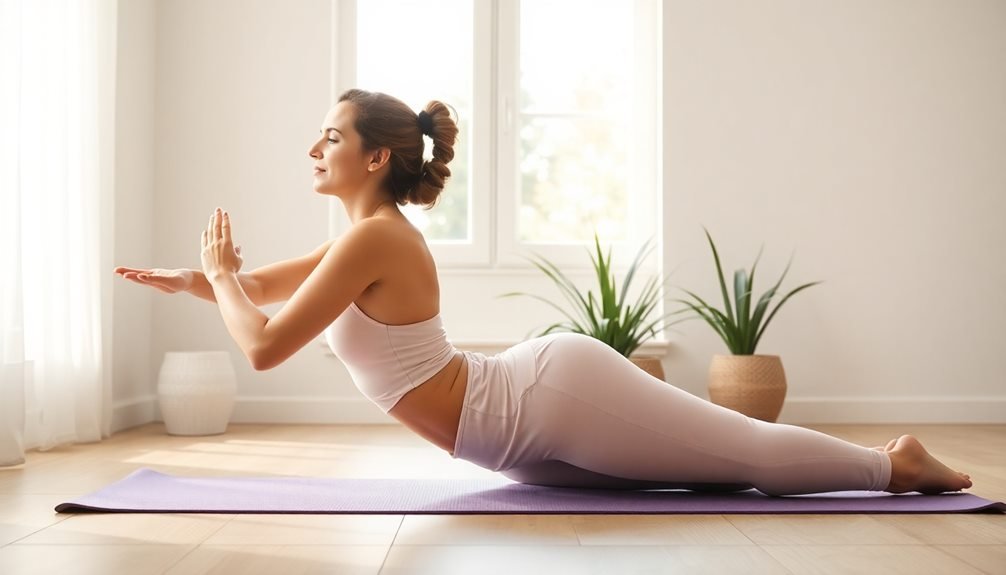
Leave a Reply